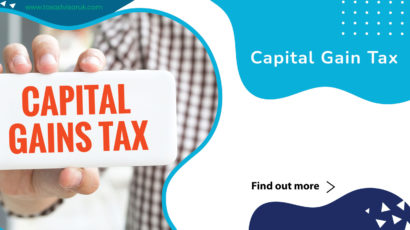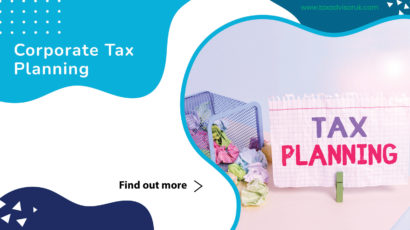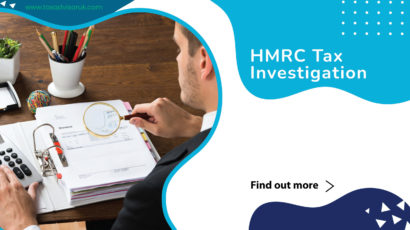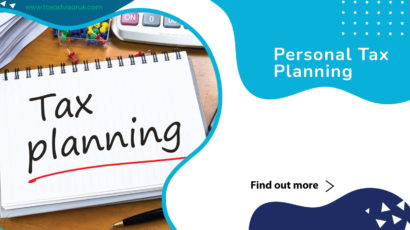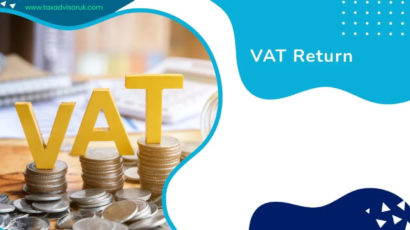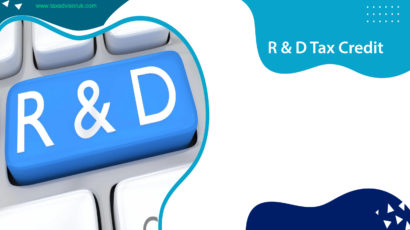Even if you’re also the owner, you’re legally separate from your limited company as a director. Because you can’t just retain your gains like a lone trader, you’ll need to figure out the best approach to compensate yourself. This is usually accomplished by combining a director’s compensation (similar to that of a regular employee) with dividend payments.
Why is taking a director’s salary as well as dividends more tax efficient?
In order to be as tax effective as possible, paying yourself as a company director is a bit of a balancing act. Taking a salary ensures that you have consistent income throughout the year, which may be below minimum wage because directors are considered “office holders.” However, there are several other factors to consider, which we’ll discuss further down.
Salaries are an allowable expense for Corporation Tax
Corporation Tax is levied on a limited company’s profits throughout the year. By claiming permissible expenses, the company’s profit is reduced, and thus the amount of tax it pays is reduced.
Salaries are a deductible business expense, therefore paying yourself a director’s salary from the company can help you save money on taxes.
National Insurance and director’s salaries
Employers and employees both have to pay National Insurance Contributions (NICs). Because you are legally an employee of your limited company as a director, if your salary is above the NI threshold (the point at which you must start paying NI), you must pay both employer and employee NI:
Employer National Insurance Contributions must be paid by the company.
The director is responsible for paying the employee’s NI.
It essentially means that you are paying National Insurance twice for the same amount of money, which is inefficient! The employer and employee NI thresholds are different, as shown in the table below.
| Weekly NI Threshold 2021/22 | Monthly NI Threshold 2021/22 | Annual NI Threshold 2021/22 | |
| Lower Earnings Limit (LEL): Employees earning less than this limit won’t incur NI, but also won’t accrue NI benefits, such as qualifying payments towards their State Pension. | £120 | £520 | £6,240 |
| Primary Threshold: This is the point at which employees start paying NI. Earning below this, but above the Lower Earnings Limit still doesn’t incur NI, but employees will earn NI ‘credits’, and accrue NI benefits. | £184 | £797.33 | £9,568 |
| Secondary Threshold: Employers pay NICs at a rate of 13.8% on salary payments above this threshold. | £170 | £736.66 | £8,840 |
Qualifying for the State Pension
Directors can build up qualifying years for their State Pension by taking a salary that is higher than the Lower Earnings Limit (LEL) (£6,240 per year in 2021/22).
If your salary is above the LEL but below the Primary Threshold, you will be entitled to all NI benefits without having to pay it. When you reach state retirement age, this will have an impact on how much State Pension you are entitled to.
Using the tax-free Personal Allowance on your director’s salary
The amount you can earn before you have to start paying income tax is known as your Personal Allowance.
In 2021/2022, the personal allowance is £ 12,570.
Only the portion of your income above the Personal Allowance threshold is taxed. As a result, if you earn £14,000 in a year, you will only pay income tax on £1,430.
£14,000 (salary) – £12,570 (tax free Personal Allowance) = £1,430. The amount subject to income tax is £1,430.
Paying tax on dividends
It’s also worth remembering that dividends are taxed, although at a lower rate than regular income. You can use a separate dividend tax allowance in addition to the Personal Allowance.
The dividend tax allowance is £ 2,000. For more information, see our article on dividend tax.
What is the most efficient director’s salary for a sole director in 2021/22?
The ideal director’s wage for sole directors paid through their limited company’s payroll is £8,840 per year (or £736.66 per month). Because of the following reasons:
- It is below the secondary threshold, your company will not be required to pay employer’s NI on it.
- Since it wage is below the primary level, you will not be required to pay employee NI.
- As you earn more than the Lower Earnings Limit, you’ll continue to receive NI credits, which is good news for your state pension.
- This is less than the Personal Allowance, which is tax-free.
- We’ll explain why a solo director can’t claim Employment Allowance later!
The most efficient salary for sole directors in 2021/2022 is £ 736.66 per month
What is the Employment Allowance?
Employers who are eligible can claim up to £4,000 in Employment Allowance to defray the costs of employer’s National Insurance.
Employers must have at least one employee or two directors on the payroll to be eligible, and the directors must not be directors of another company that is already claiming the Employment Allowance. Because sole directors are not eligible for the allowance, their optimum remuneration is slightly different.
What is the most efficient salary for two or more directors on the payroll in 2021/22?
You can claim the Employment Allowance if your company has two or more directors on the payroll.
The most efficient salary for 2 or more directors in 2021/2022 is £797.33 per month.
The directors are able to collect an annual remuneration of £9,568 (or £797.33 per month) without paying National Insurance.
How TaxAdvisor UK can help
At TaxAdvisor UK , our experts will provide you 30 minutes free consultation and help you in managing all your tax and accounting work. Speak to our expert accountants, tax advisor on (0203) 5381276 or fill an online form today. We can have a consultation session over the phone, virtual or face to face meeting and will provide you no obligation fixed quote.




